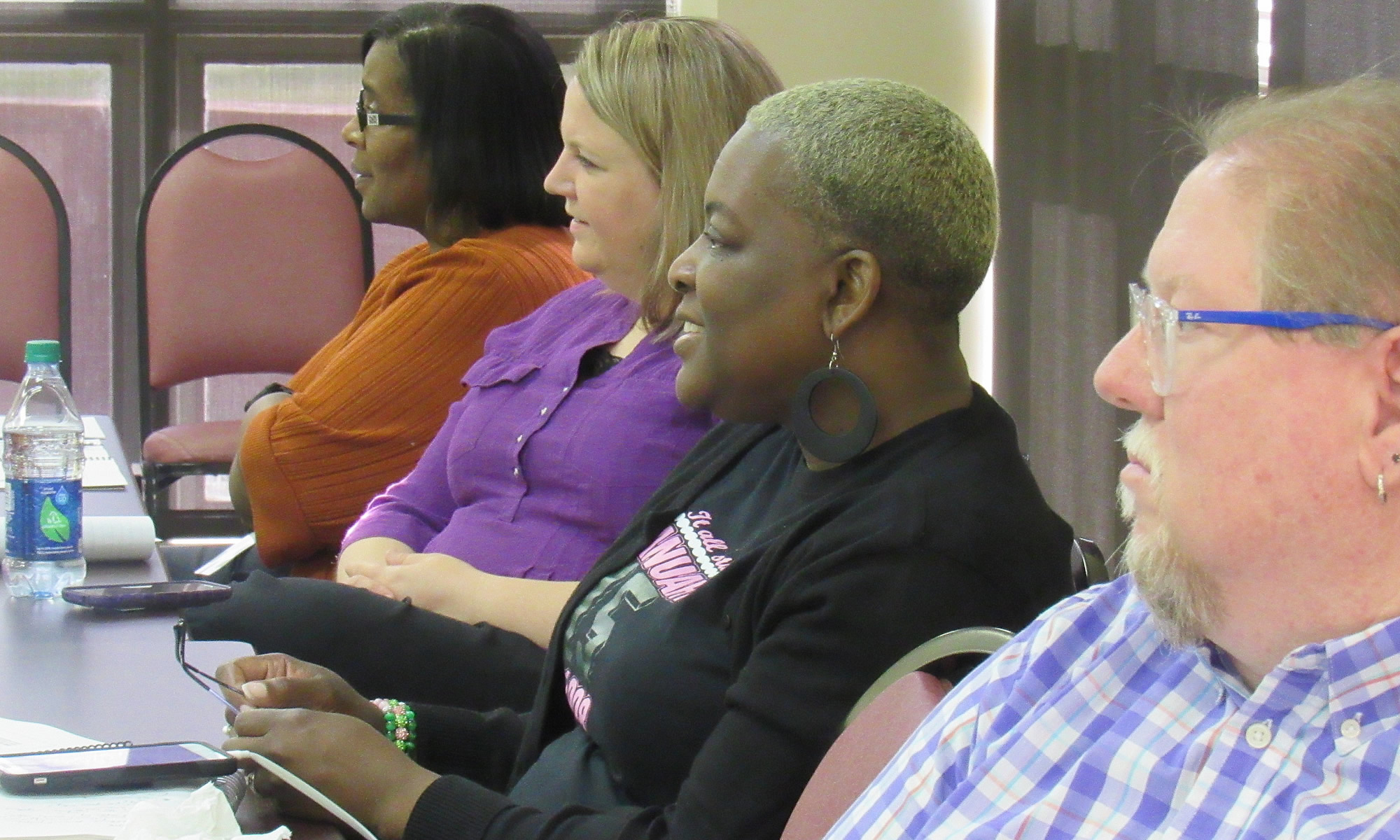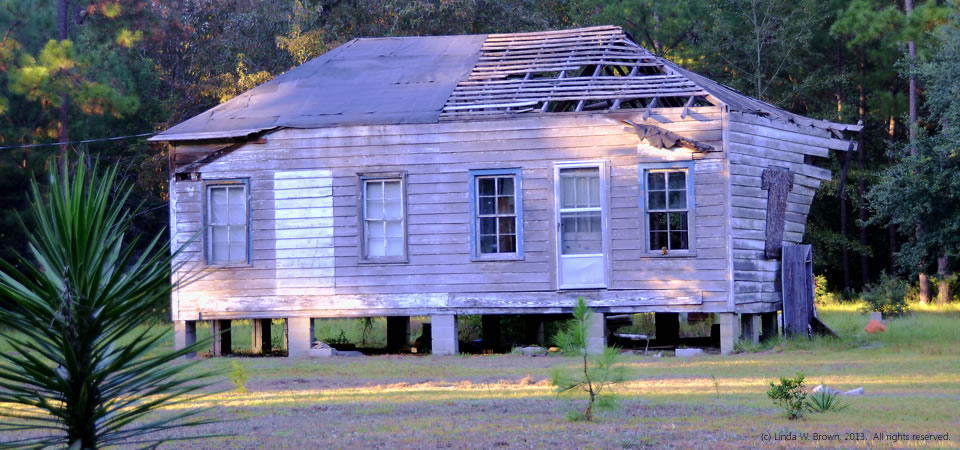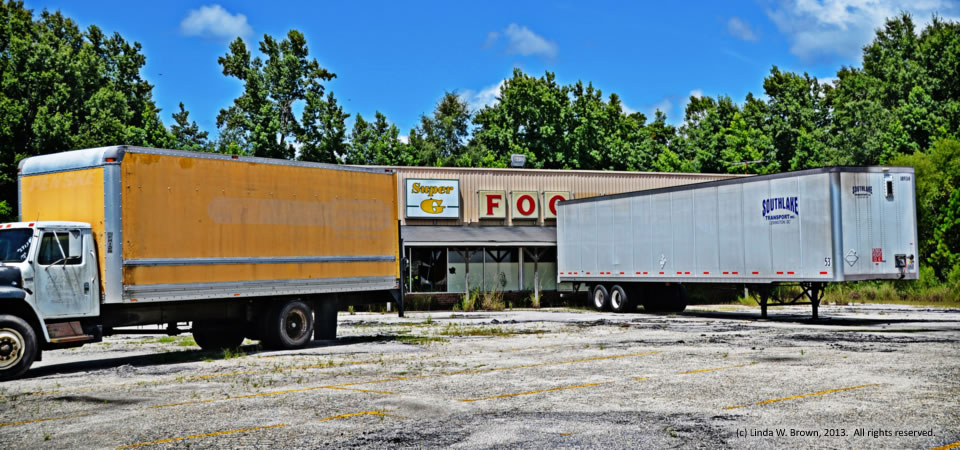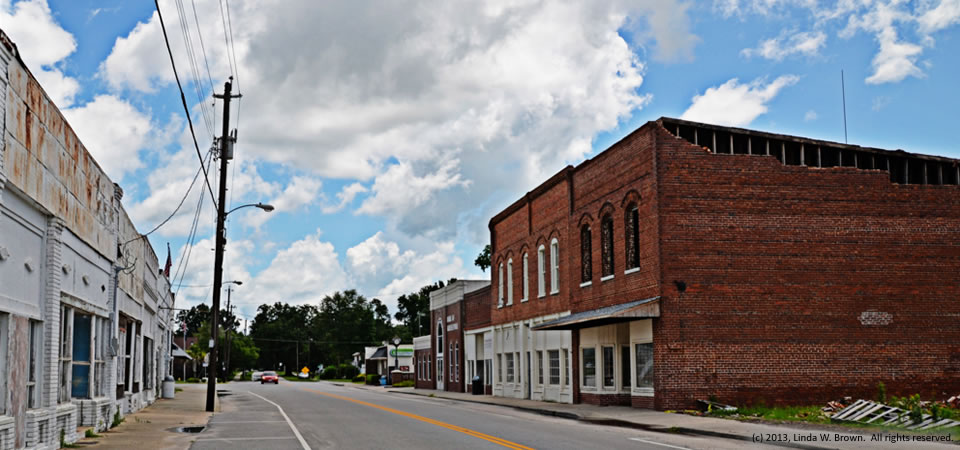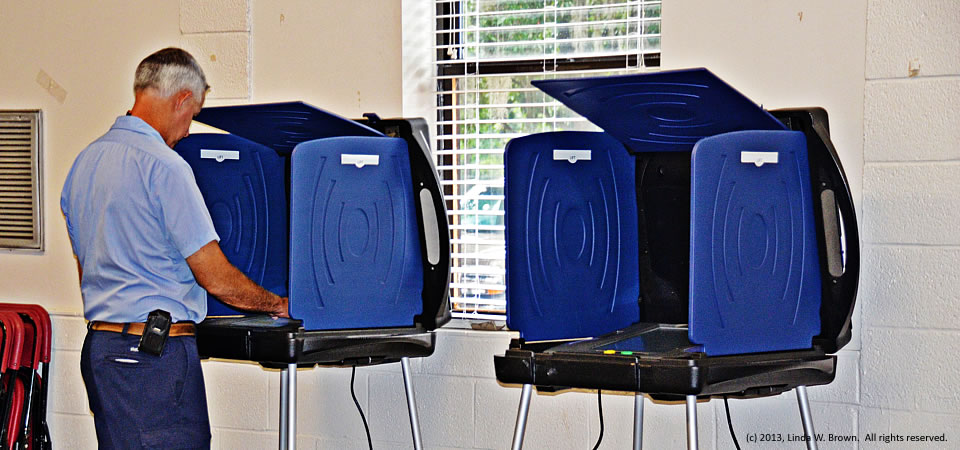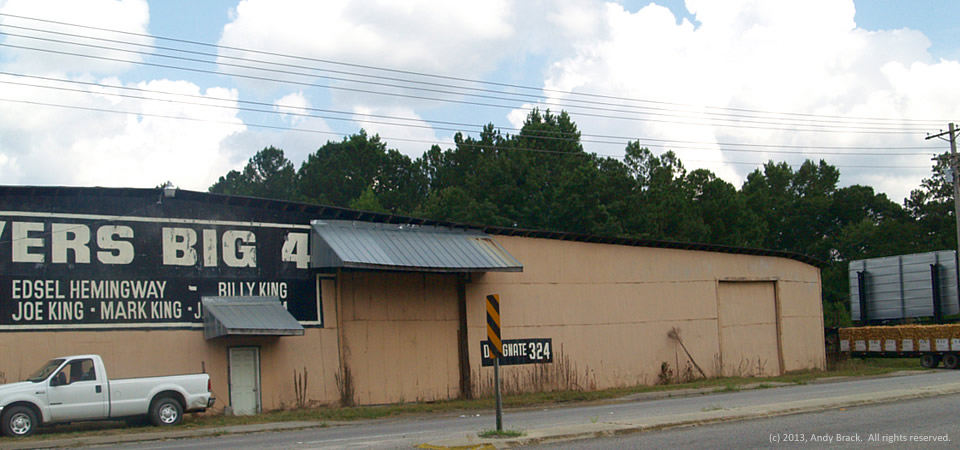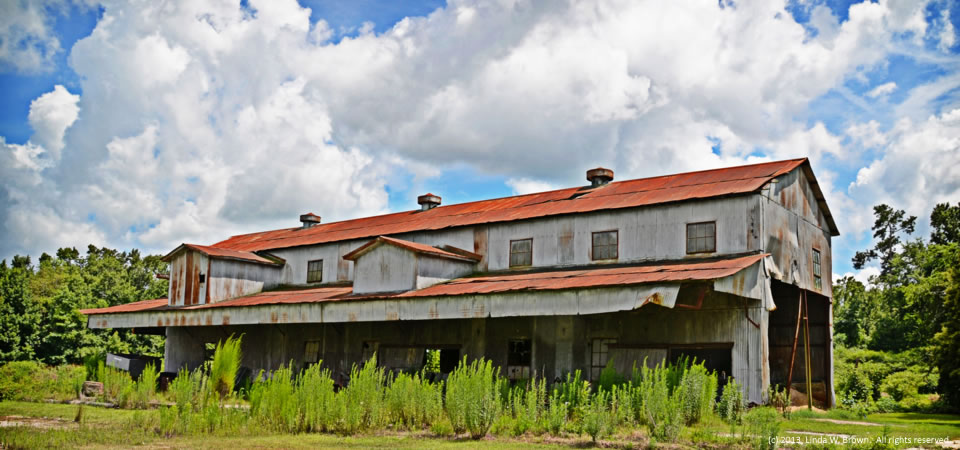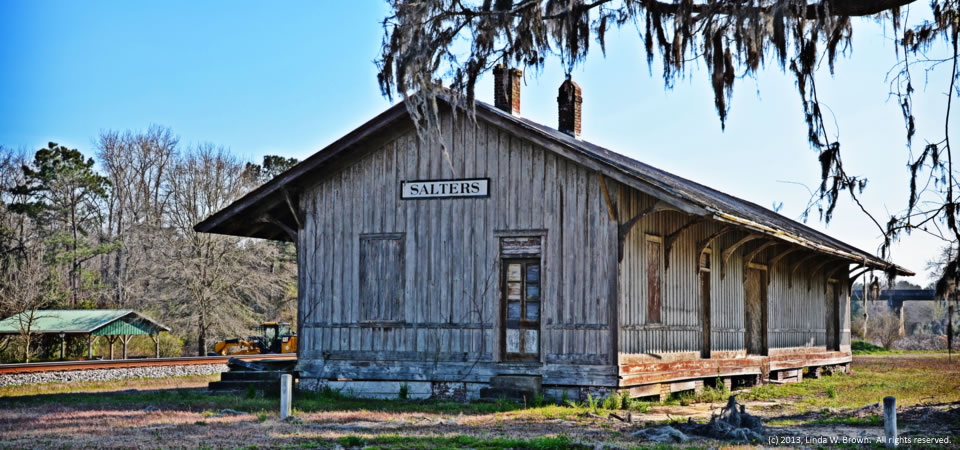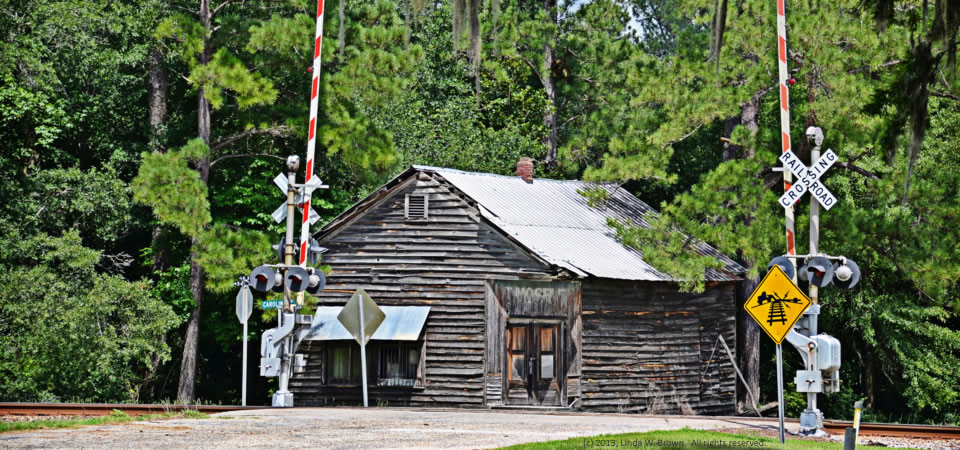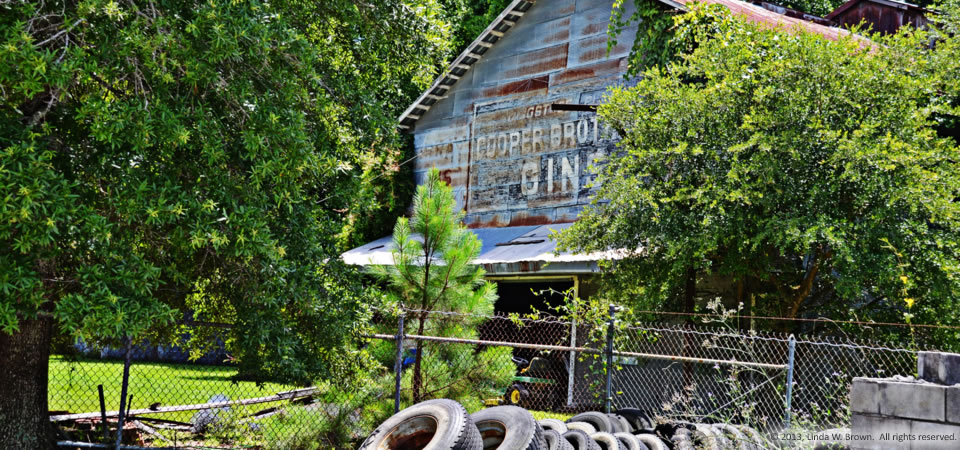This old house in the Mouzon community of Williamsburg County, S.C., is a study of contrasts. On one hand, it’s falling down. But look more closely — somebody appears to have put in new footings to prop it up.
Retired editor Linda W. Brown of nearby Kingstree, S.C., notes that unless something is done soon, it will fall down. “There are more than a few of these in Williamsburg County,” she observed. “I’m wondering if it was moved to this property as there are no steps in sight.”
Just under 34,000 people live in Williamsburg County, which is about the number who lived there in 1900, according to Census figures. Population peaked in 1950 at 43,807, but has dropped slowly since then.
About two-thirds of county residents are black, with almost all of those remaining being white. Only 2 percent of those in the county are of Hispanic descent. Some 32.8 percent of residents live in poverty, according to the Census. Of the county’s 1,921 firms, 36.5 percent are black-owned — a percentage that is three times South Carolina’s average.
Copyrighted photo taken on Sept. 27, 2013 by Linda W. Brown All rights reserved.
